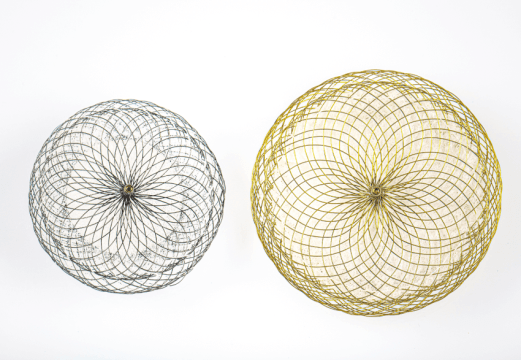Atrial fibrillation is the most prevalent arrhythmia and to prevent its potential complications, we should administer anticoagulants (OACs), either warfarin or the new direct oral anticoagulants (DOACs).

Even though these drugs have been shown effective, they still involve the risk of bleeding, especially gastrointestinal bleeding, which in turn leads to numerous hospitalizations.
Left atrial appendage occlusion devices (LAAO) have been shown beneficial, even though in general terms they show similar outcomes to oral anticoagulants (OACs). At present, they are clearly recommended for patients who for whatever reason cannot be treated with OACs.
There is little evidence looking at these benefits by sex.
This was a meta-analysis of the prospective EVOLUTION study, carried out in Europe in patients receiving the WATCHMAN in a “real world” context. The sample included 408 women and 612 men.
Primary end point assessed the combination of mortality free survival, severe bleeding, ischemic stroke, TIA and systemic embolism over 2 years.
Read also: Predictors and Evolution of Permanent Pacemaker After TAVR with Self-Expanding Valves.
Even though women were older (75 ± 9 vs. 73 ± 9 years, p < 0.001), they showed a lower incidence of peripheral vascular disease, hemorrhagic stroke and alcohol abuse. However, CHA2DS2‐VASc‐Score was superior (5 ± 1.5 vs. 4.1 ± 1.5, p < 0.001) and HAS‐BLED Score was comparable, with no difference in the rest of risk factors.
During procedure, women showed better sealing vs. men (94% vs. 90%, p = 0.033), but presented higher incidence of pericardial effusion (1.2% vs. 0.2%, p = 0.031). Pericardial effusion and cardiac tamponade were rare, and similar between groups.
After two years, there were no difference between men and women in primary end point (79% vs. 76%, p = 0.24) or survival (85% vs. 82%, p = 0.16).
Conclusion
Even though women undergoing LAAO differ in baseline characteristics, after adjusting for variables they showed similar safety and efficacy, with no significant differences at long term followup between men and women.

Dr. Carlos Fava.
Member of the Editorial Board of SOLACI.org.
Original Title: Sex‐related differences in outcome after left atrial appendage occlusion: Insights from Europe and the EWOLUTION registry.
Reference: Christina Paitazoglou, et al.
Subscribe to our weekly newsletter
Get the latest scientific articles on interventional cardiology





